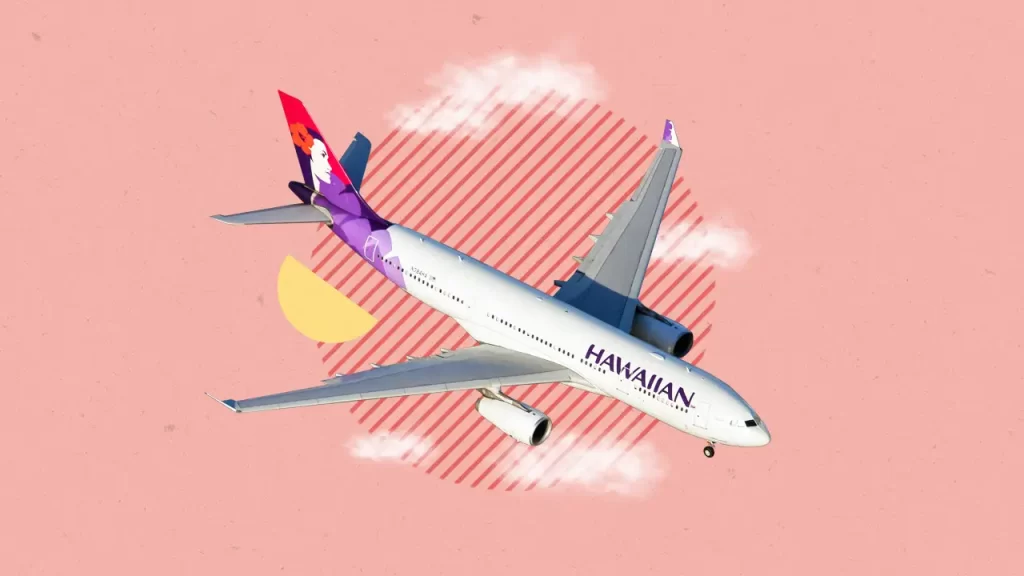The Impact of Airline Loyalty Programs on Ticket Prices

Airline loyalty programs can be likened to dams; they contain immense volumes of water but if one leaks out it could unleash havoc. A small leak appears every time an airline devalues their currency or reduces member benefits.
This strategy involves changing their loyalty program revenue base from being driven primarily by value perks (lounge access, priority check-in and upgrades) to one that’s driven more heavily by price.
Value-Driven Passengers
Many airline loyalty programs provide travelers with benefits like priority boarding, seat selection and free flights in exchange for accruing miles. While these perks attract certain types of travelers who recognize the value in participating, a recent McKinsey study indicates that airline loyalty programs may become less effective at changing flier behavior over time – potentially leading to lower loyalty program budgets and reduced benefits; driving customer satisfaction even lower.
Airline loyalty programs have grown into multibillion-dollar financial instruments. Their valuation now surpasses that of airlines themselves, shifting customer preferences away from value transactions (flying with an airline because of miles/lounges/priority check-in) towards price competition among all airlines – not good for loyalty programs! Without optimal ticket pricing for their loyalty tiers, airlines risk missing revenue opportunities; thus accurate data visibility and data science expertise become imperative in making smart, profitable decisions for loyalty programs.
Price-Driven Passengers
Airline loyalty programs have evolved into significant profit centers, often outstripping even their airlines’ network revenues in terms of profits generated.
Airlines can be powerful forces when it comes to incentivizing people to fly specific airlines even when there are less costly alternatives available.
Recently, airline loyalty programs have experienced an alarming decrease in value; people seem less likely to recommend them to friends and colleagues – highlighting an important turning point for loyalty program appeal.
One solution could be paid loyalty programs, where passengers pay an upfront fee in order to access benefits that would normally cost points. This approach could increase market share by making people feel they have something at stake by not choosing that airline – similar to how discount clubs work. It’s essential that such new programs be handled transparently and ethically to avoid customer backlash or damaging airline reputations.
Segmentation
As with any research model, it is crucial to recognize its limitations. Here, one such limitation lies with data collection methods (surveys), which do not capture all situational factors that impact airline choice – for instance a traveller may desire Airline A due to strong attitudinal loyalty but may find they cannot fly to their desired destinations (low behavioural loyalty).
Price plays an increasingly significant role in airline choice. Our analysis also revealed that price can play a detrimental effect on loyalty programs when airlines devalue currency or strip away benefits for loyal members, which causes passengers to view transactions differently – no longer focused on being rewarded for their loyalty – shifting them away from value-based transactions to price driven ones, with potentially detrimental repercussions for airline revenue and create negative perceptions among their customer base.
Monetization
Airline loyalty programs have evolved into massively lucrative cash cows that generate billions in revenues for airlines – these assets make up one of the most profitable assets on their balance sheets.
Due to pandemic and legacy business models, airline loyalty programs are reaching an inflection point and travellers’ willingness to invest in joining these programs is diminishing.
This change has been driven primarily by a change in loyalty rewards: from airlines offering flight vouchers, to other brands like credit cards, retailers and hotel chains offering them instead.
Problematic is that this puts passengers outside of the virtuous cycle of airline loyalty, placing premium travelers at the mercy of low-cost airlines with their eager crew of newcomers that recognise them, meaning the future of loyalty may depend on these newcomers; only those that recognize and welcome these travelers in meaningful ways will gain their allegiance.






